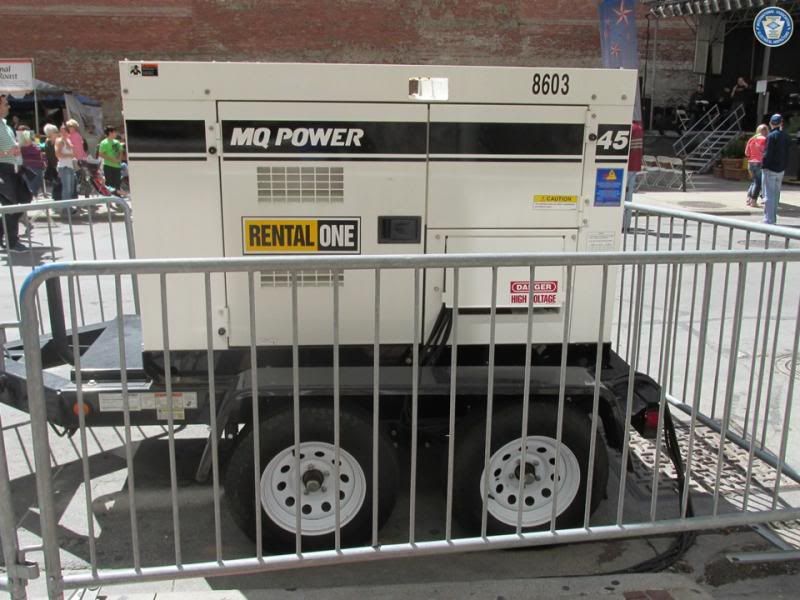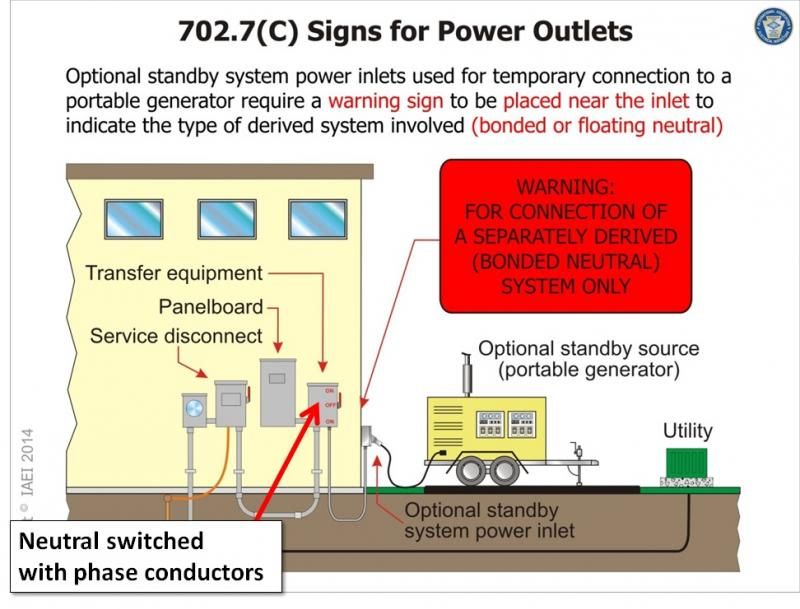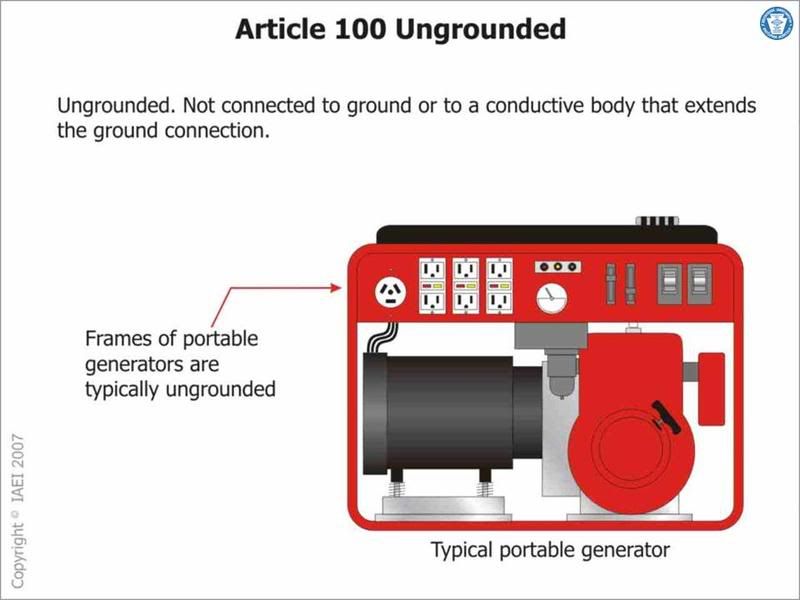goldstar
Senior Member
- Location
- New Jersey
- Occupation
- Electrical Contractor
:weeping: Ouch Mike !!! That really hurts. FYI, I was never out to prove you wrong. I respect you for your knowledge and the fact that you've stuck with this in spite of any negative comments you've received. You've managed to sway some to your school of thought, but apparently not the entire country. However, what you should be doing is proving the generator manufacturer's wrong for marketing these units (and accessories that go with them) in the manner they have.There are no exceptions except in the minds of those who persist in proving that it can be done and justifying it by the use of the word ?safer?
If that's a requirement no one has told this sales company yet http://www.electricgeneratorsdirect.com/ . (And this is only one of many I'm sure). When they start making these units with ALL receptacles being GFI protected (120 and/or 240 volt) then you will no longer have to make your argument here. That portion of the generator market will all but dry up like it has in your section of NC.All of this is a moot point any way due to the requirement that all generators that have receptacles mounted on the frame the receptacle is to be GFCI protected and this will prevent the use of the generator as a non-SDS see 590.6(A)(3)
I would like to re-post my question - can I use this 17.5KW portable as a non-SDS unit in accordance with the language of UL-FTCN ? http://www.electricgeneratorsdirect.com/Generac-5735-Portable-Generator/p2685.html . If I'm of your frame of mind I already know the answer. I'd just like to hear ir from you as to what portion(s) of UL-FTCN you're in agreement with. Do you agree with the exact wording of this section or its intent ?




